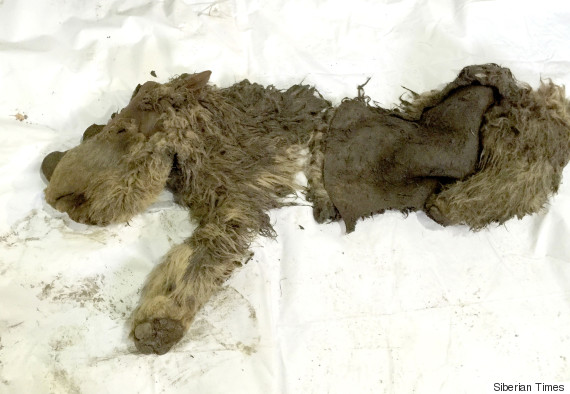Don't forget to check out the new The Truth Be Told today
Carolina Naturally is read in 201 countries around the world daily.
Today is - National Pancake Day
You want the unvarnished truth?
You want the unvarnished truth?
Don't forget to visit:The Truth Be Told
Some of our readers today have been in:
The Americas
Curitiba, Rio De Janeiro, Sorocaba, Brazil
Henry Farm, Ottawa, Prince George, Quebec, Saint John's, Toronto, Vancouver, Canada
San Jose, Costa, Rica
Mexico City, Mexico
Boaco, Managua, Nicaragua
Luquillo, San Juan, Puerto Rico
The Bottom, Sint Eustatius-Saba
Europe
Hadzici, Sarajevo, Bosnia-Herzegovina
Sofia, Bulgaria
Acton, Basingstoke, Gosport, London, Manchester, England
Cerny, Ivry-sur-Seine, Paris, Rouen, Salon-De-Provence, Strasbourg, Toulouse, France
Berlin, Eschborn, Frankfurt Am Main, Germany
Marousi, Greece
Budapest, Hungary
Reykjavik, Iceland
Waterford, Ireland
Palermo, Rome, Italy
Skopje, Macedonia
Chisinau, Moldova
Podgorica, Montenegro
De Haag, Netherlands
Arendal, Jessheim, Norway
Elblag, Poland
Komsomol'skiy, Vladivostok, Russia
Belgrade, Novi sad, Serbia
Madrid, Torrent, Vitoria-Gasteiz, Spain
Kista, Sweden
Ankara, Turkey
Dnipropetrovsk, Ukraine
Asia
Bangalore, Chandigarh, Delhi, Gaya, Jodhpur, Kolkata, Patna, Shillong, India
Jakarta, Pontianak, Indonesia
Mashhad, Tehran, Iran
Ampang, Kota Kinabalu, Kuala Lumpur, Pacarkeling, Petaling Jaya, Victoria, Malaysia
Kathmandu, Nepal
Peshawar, Pakistan
Sharjah, United Arab Emirates
Africa
Cairo, Egypt
Cape Town, Durban, South Africa
The Pacific
Strathfield, Sydney, Australia
Mandaluyong City, Philippines




































